THE REMARKABLE BEAUTY OF AN ORDINARY EVENING IN APRIL
Last evening, I spent a bit less than an hour in the good company of wild flowers and tiny invertebrates that live in an area covered with tall grass and various herbaceous vegetation. It's a place called Palera, situated a couple of kilometers from the village of Liznjan, which means I had to drive about five or six kilometers to get there.
I took only a few shots in natural light, becouse once the sun is behind the horizon, it gets dark pretty fast. Fortunately, the small, built-in flash of my camera allowed me to explore small details until it was too dark to see an insect or spider without a flashlight.
It all started with poppies (Papaver rhoeas), the showiest flowers in the field. In the following photograph, taken through the macro lens...
... you can see a small Tettigonia viridissima nymph posing on the stem of the poppy. Tettigonia viridissima is a bush cricket, and one of the biggest insects in the area - as an adult; the young nymphs, like the one shown here, are very small.
Here you can see two flowers growing very close to each other.
These two poppies keep a respectful distance. They look a bit like people talking about the weather or something. By the way, the weather was really nice yesterday, a typical springtime bliss.
From a certain distance and angle, the lovely red flowers looked like some fairy tale creatures peeking from the sea of green.
The night was considerably closer when I photographed these white flowers ...
... of the white campion (Silene latifolia).
When I came closer to the plant, I noticed a tiny insect in the center of one of those elegant flowers that looked like white little stars hidden in the juicy, tall grass. It was time to mount the macro lens again.
Megabruchidius dorsalis, a small beetle from the Bruchinae subfamily in the large and varied Chrysomelidae family, was feeding on something that the flower had to offer. Since I don't know much about this invasive species that came from East Asia, I can't tell you what the beetle was interested in. Pollen? Nectar? The tissue of the juicy petal? Who knows - I, most certainly don't.
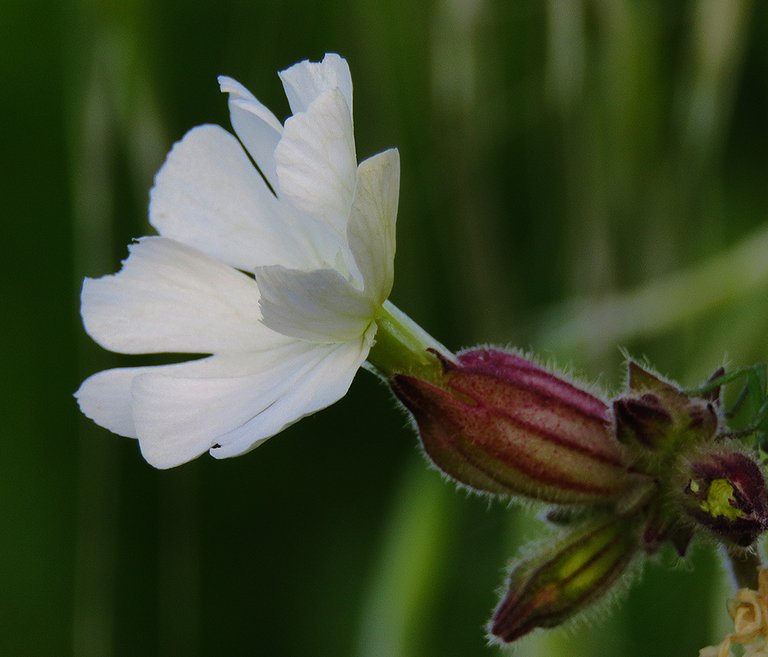
Here you can see a slightly different portrait of another Silene latifolia flower.
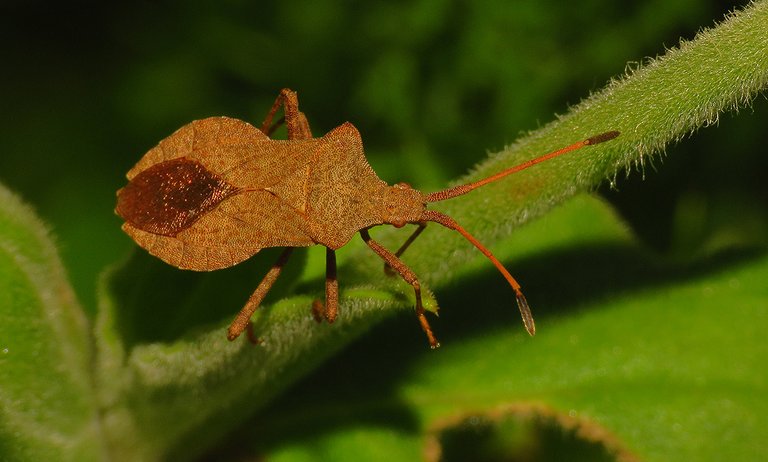
This Coreus marginatus, a bug from the Coreidae family, was photographed on the same plant.
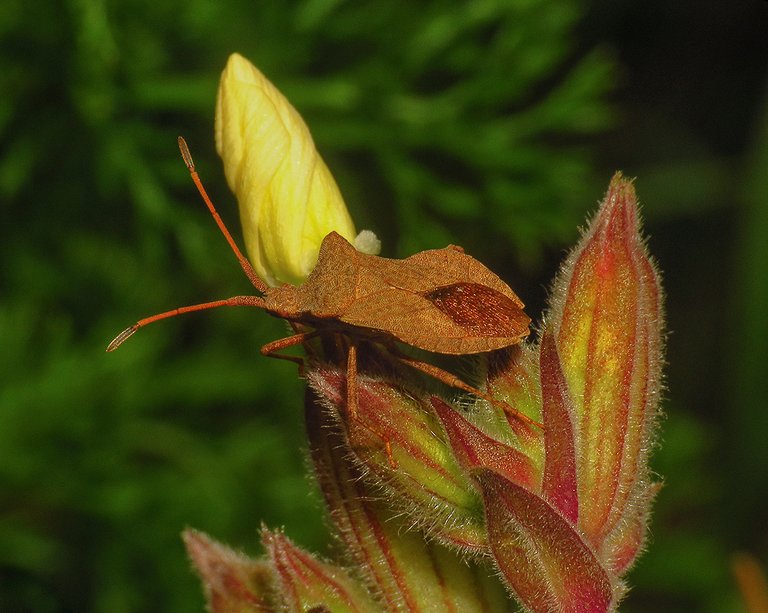
In this shot, the bug is posing near the flower bud. For the following portrait ...
... I came a bit closer to the insect.
The plant shown in the center of this photograph is Vicia sativa, commonly known as the common vetch.
Here you can take a better, more up-close look at the lovely Vicia sativa flowers.
Not far from the vetch, I spotted a spider. It was a relatively big spider.
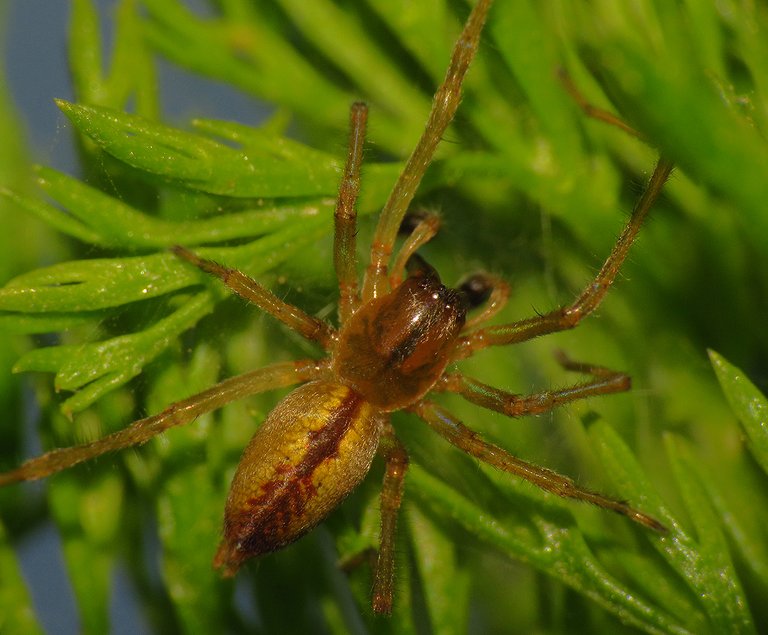
This is the Cheiracanthium erraticum ...
... a species from the Cheiracanthiidae family. The spider shown in this and the previous two photographs is a male.
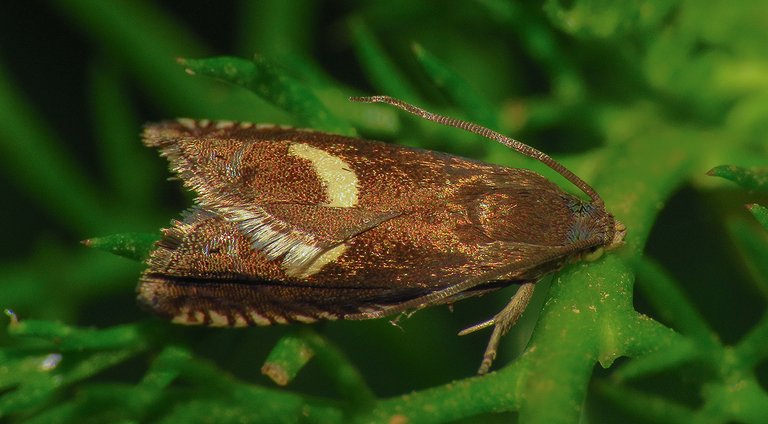
A bit later and only about five or six meters further, I came across a small moth. This is Grapholita lunulana, a species from the Tortricidae family. The "lunula" in the second part of its scientific name means "little moon" in Latin. Lunula was also a crescent-shaped ornament from those ancient times, an ornament worn as a necklace. In the above photograph, the moth's wings are folded in a way that hides the central part of the crescent moon.
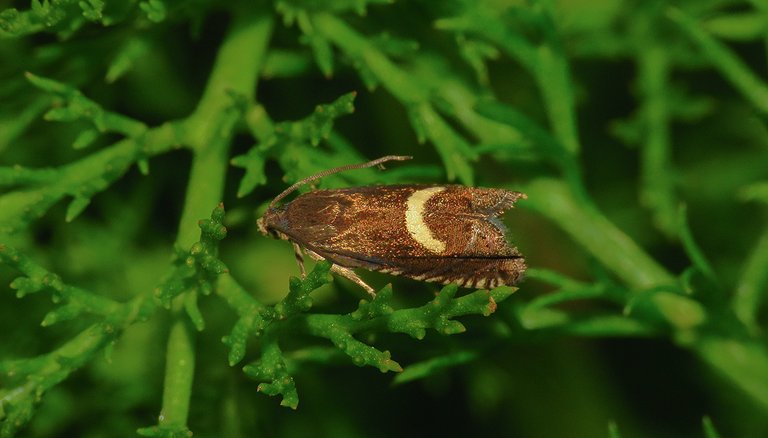
Here you can take a better look at the lovely golden lunula of the Grapholita lunulana, a moth with the crescent moon on its back.
In this third photograph, you can finally see the moth's face. It took me quite a bit of time and maneuvering to get this portrait becouse the small details of the plant on which Grapholita lunulana was resting were always in the way of a good, clear shot.
The scientific name of this plant is Medicago polymorpha. It is commonly known as the toothed bur clover. It is also called the California burclover, and it can be found in many parts of the world, but it's native to the Mediterranean basin.
To get a better look at its tiny yellow flowers ...
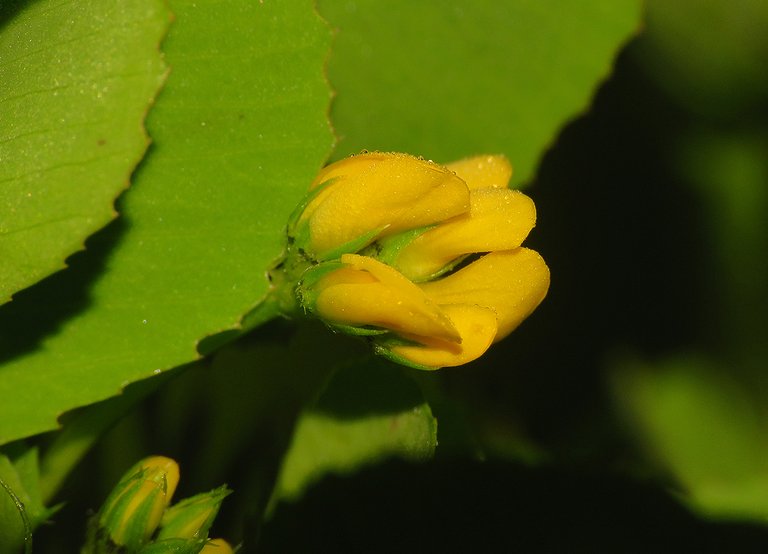
... I had to use the macro lens once again.
As the night was slowly falling, the snails, sealed in their shells during the warm, sunny day, were starting to get active.
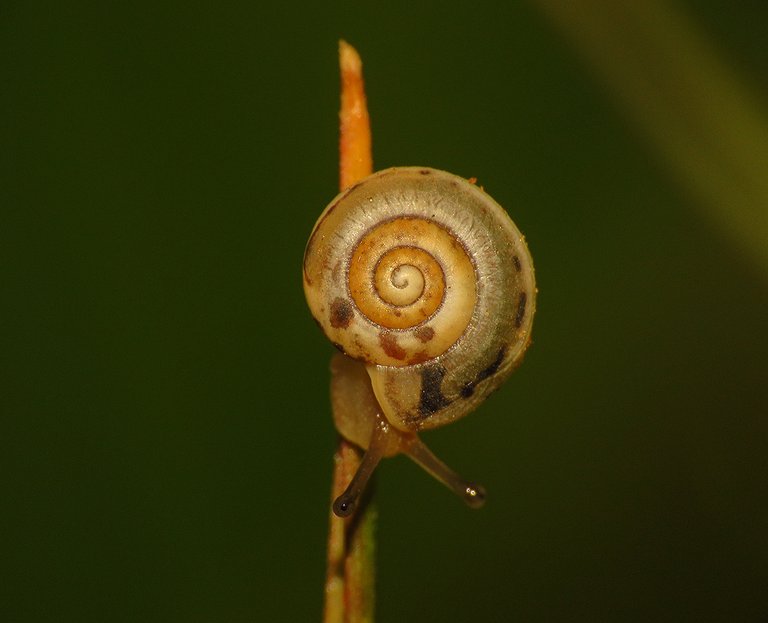
The scientific name of this small species from the Hygromiidae family is Monacha cartusiana.
Sometimes, while slowly moving around, snails can be seen for a moment in some strange, photogenic poses. In the above photograph, the upside-down shell looks a bit like a spiral bag or a basket in which the mollusk is resting like a bird in a nest.
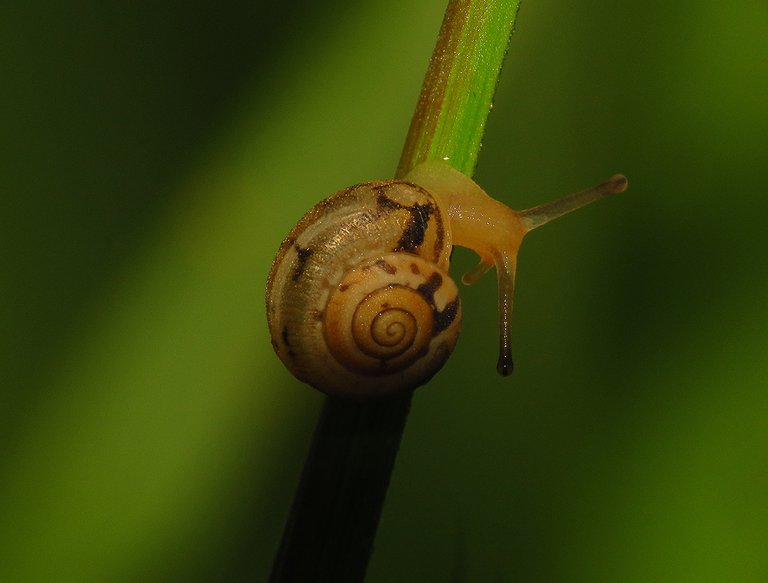
The night was almost there when I took this last photograph. It was time for me to go home. The post ends here.
AS ALWAYS ON HIVE, THE PHOTOGRAPHS ARE MY WORK - THE END.
The following links will take you to the sites with more information about some of the protagonists of today's post. I found some stuff about them there.
https://en.wikipedia.org/wiki/Papaver_rhoeas
https://en.wikipedia.org/wiki/Tettigonia_viridissima
https://en.wikipedia.org/wiki/Silene_latifolia
https://www.inaturalist.org/taxa/703073-Megabruchidius-dorsalis
https://en.wikipedia.org/wiki/Coreus_marginatus
https://en.wikipedia.org/wiki/Vicia_sativa
https://www.naturespot.org/species/cheiracanthium-erraticum
https://en.wikipedia.org/wiki/Grapholita_lunulana
https://en.wikipedia.org/wiki/Medicago_polymorpha
https://en.wikipedia.org/wiki/Monacha_cartusiana
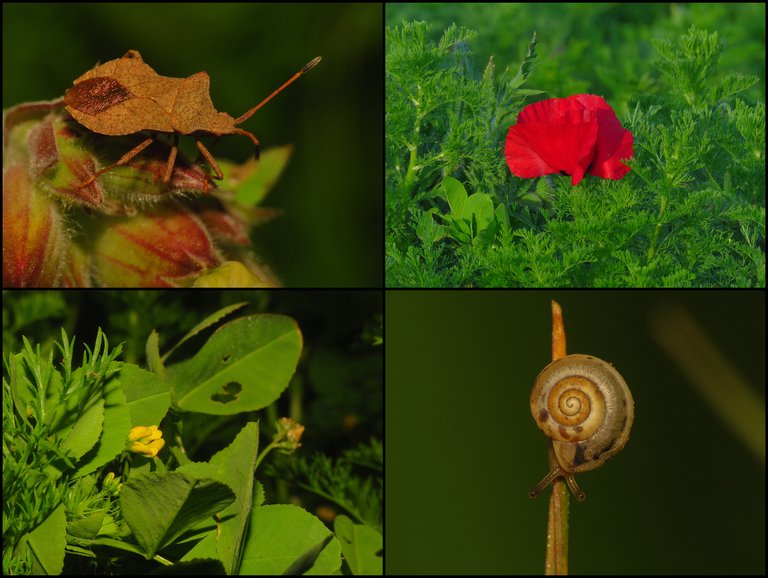

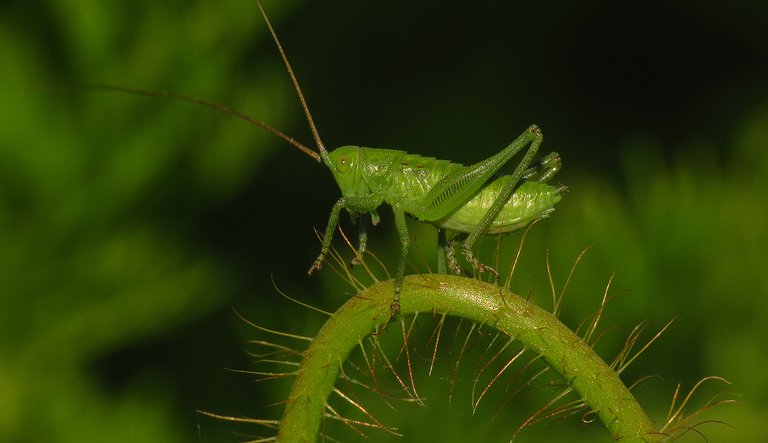
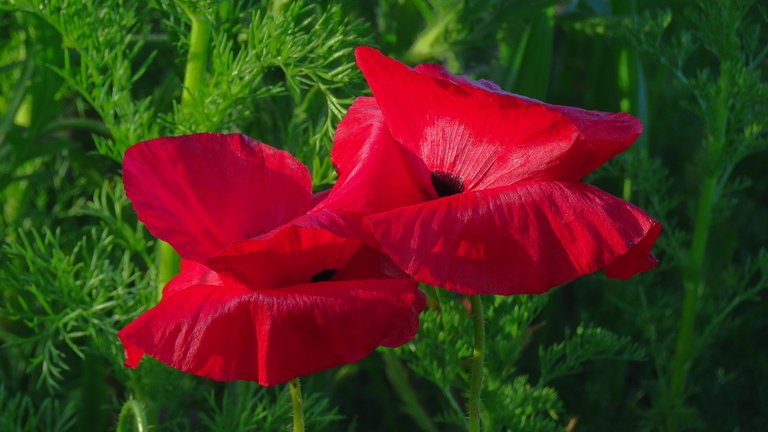
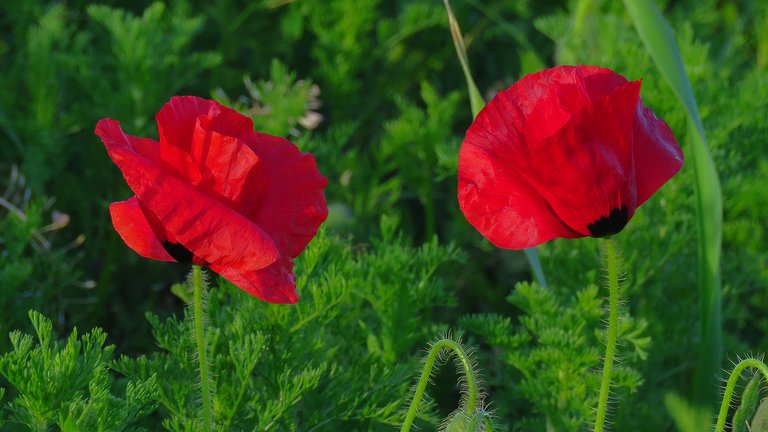
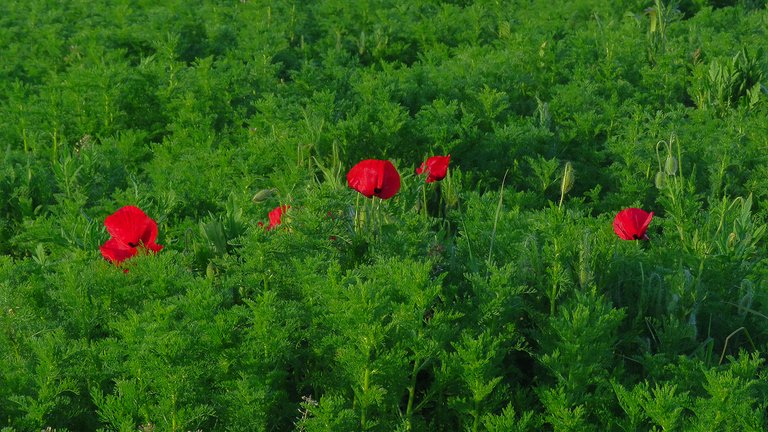
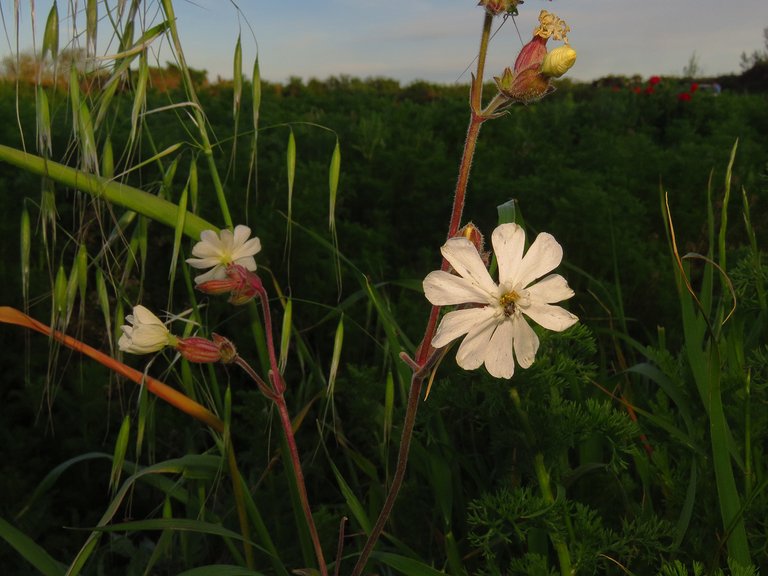
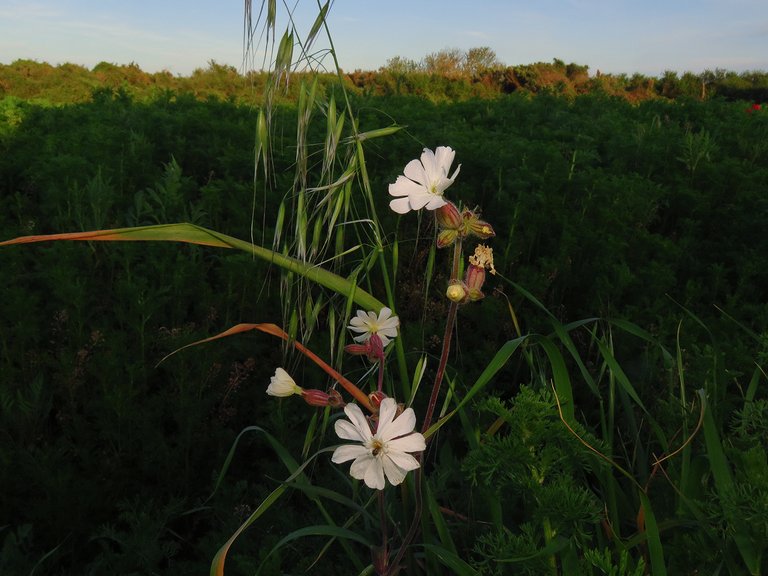
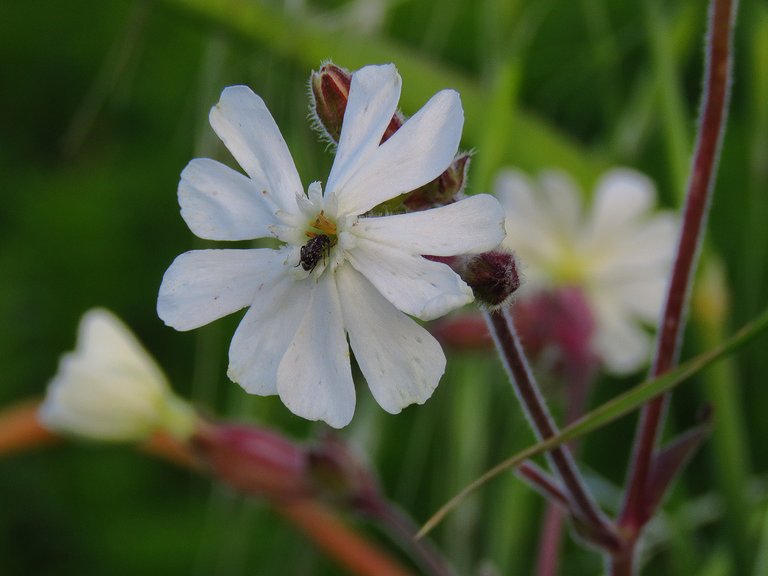
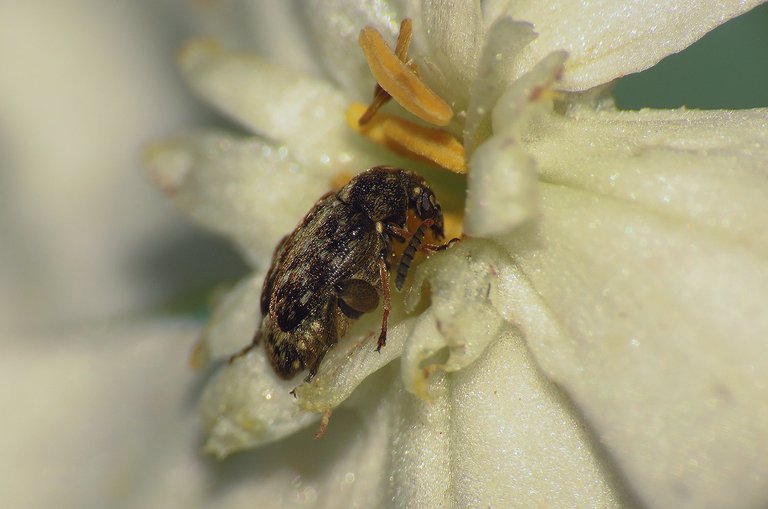
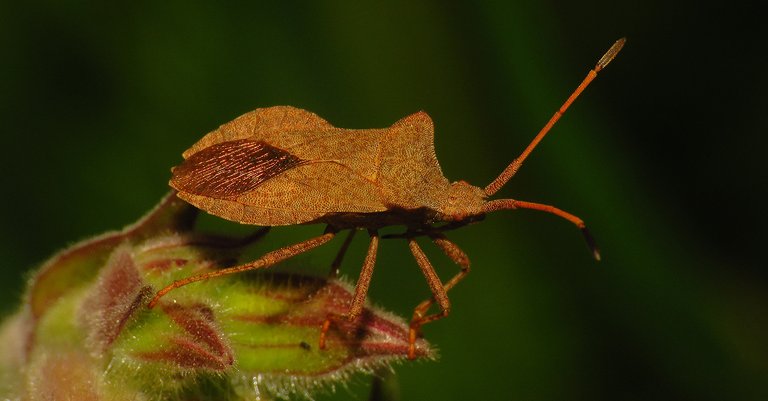
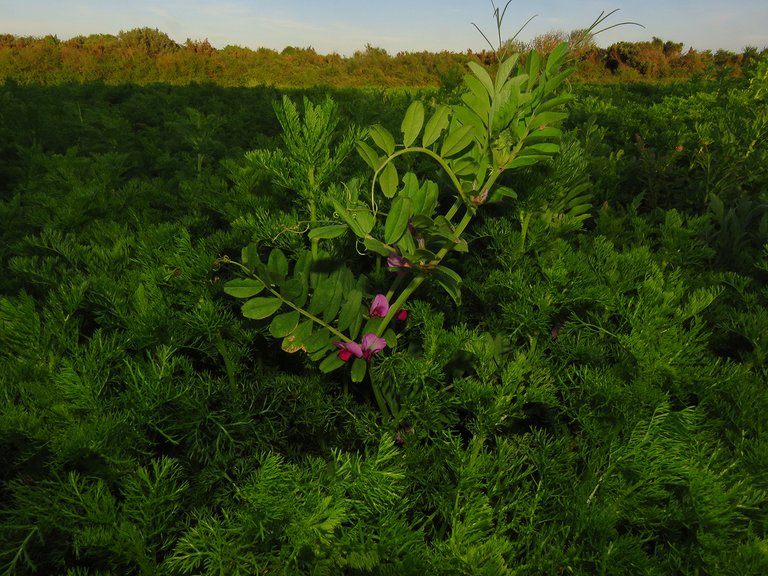
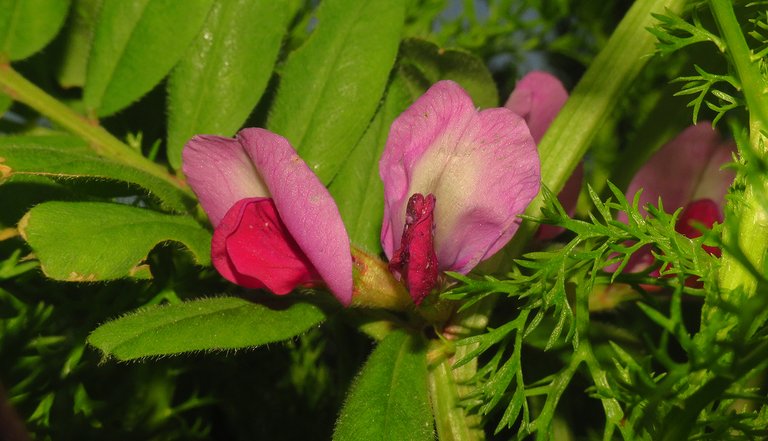
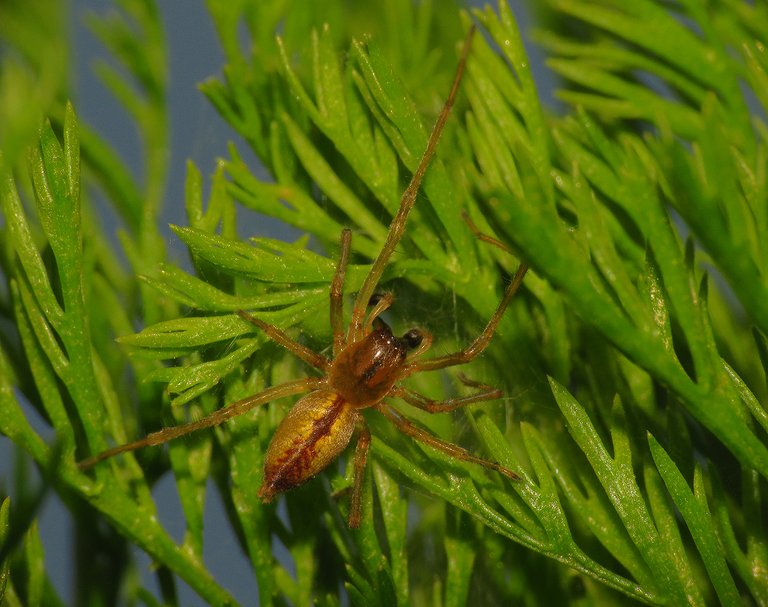
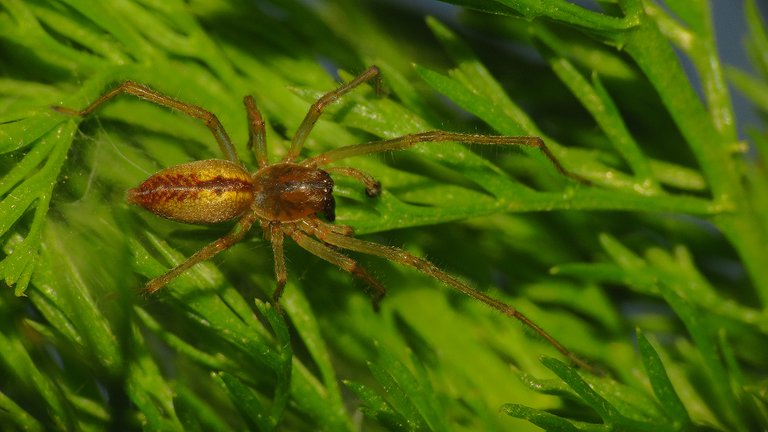
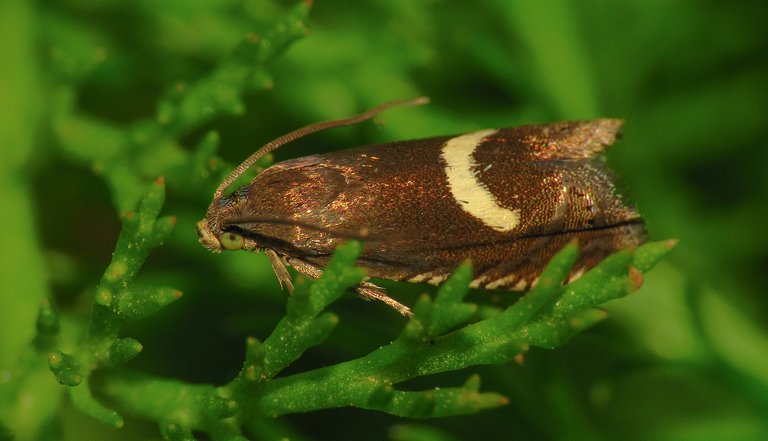
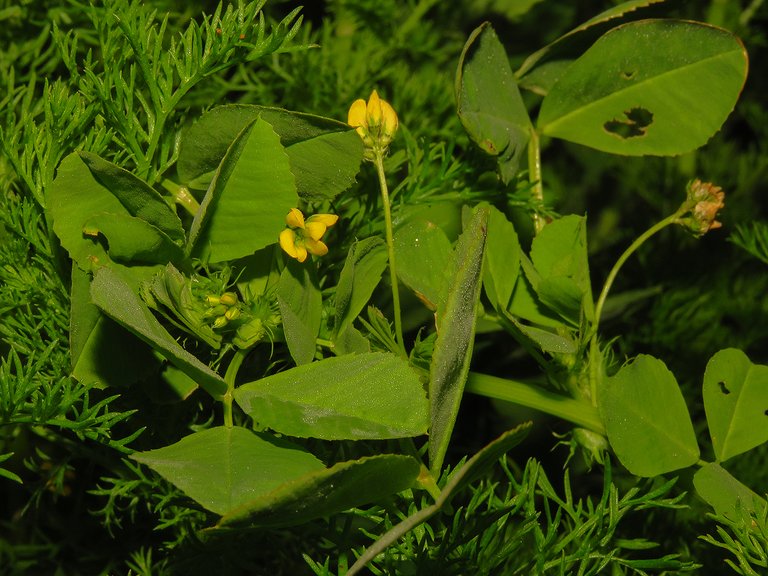
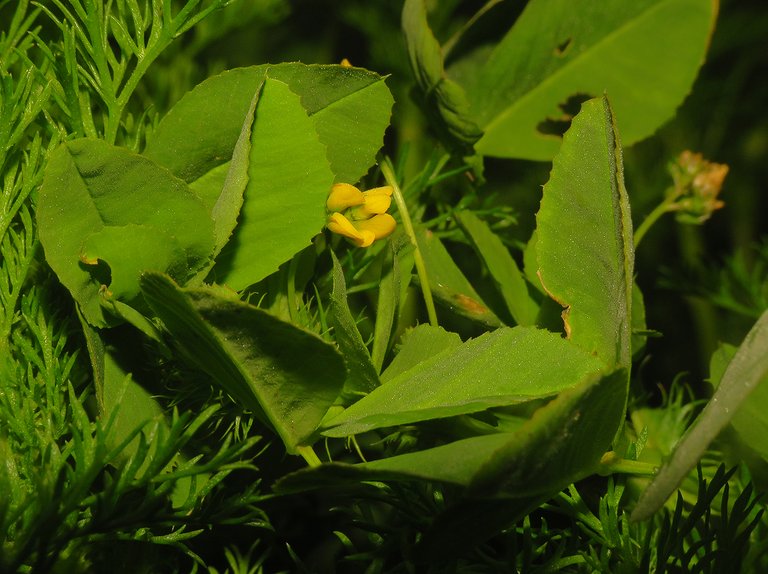

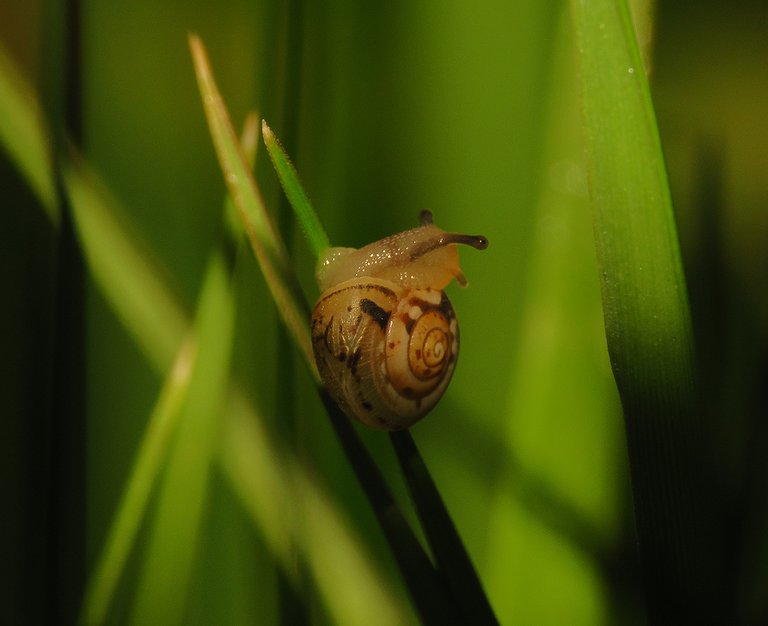
the showiest flowers are looking so beautiful. You have photographed some beautiful and amazing flowers.
I don't know if this is the one that gives off an unpleasant aroma, it looks very similar.
Yes, that's one of those. They also often leave their aroma on the edible wild blackberries in the summer here in my area, so you get a fruit with a surprise occasionally.
Beautiful photos my friend ❤️
👌
😃🤝😀
AMAZING green on green macro shot!!!
😍📷👍
!PIZZA
😀 🤝 🦋
$PIZZA slices delivered:
@jlinaresp(3/15) tipped @borjan
Come get MOONed!
https://x.com/jewellery_all/status/1914390418432938148
#hive
Wow these are really beautiful pictures you are able to take as I must confess. They really shine bright
Beautiful is an understatement for those pictures
They are very cute
You’re a good photographer!
Thank you. 🙂

https://x.com/lee19389/status/1914440036914757639
#hive #posh
I hope you had a wonderful time last spring, where you captured many beautiful images of nature, such as flowers, insects, and other creatures, which are so beautiful to look at.
Yes, I always have a lot of fun in spring. Glad you like these posts about nature.
Nice collection of macro images.
🙂

What a lovely evening exploring Palera! Your photos are stunning, especially the close ups of the invertebrates. The detail you captured is incredible, and it makes me want to visit this hidden gem myself.
I saw some very beautiful flower pictures my friend I am very interested to see them 🤗😘😘
Thank you. 🙂 Glad you like the post.
Very enjoyable post. I love your nature fotos
Remarkable indeed!!! 🌻
Is amazing
Wow, it's really amazing, the beauty of insects and flowers is so amazing,,❤️🙏
I dont know how you manage to get this awesome and clean pictures but they are super gorgeous and I love name. That snail reminds me of a day I watched a very small and delicate me born snail crawl over hand palms. It was too beautiful to behold. My heart melted watching the beauty and wonders of nature
🙂 Yes, small, delicate animals and plants are very diverse, interesting, and often colorful ... there is so much to explore in nature, and they can be found anywhere where a bit of wild ecosystem is still preserved near the cultivated fields and gardens.
Hmmm
You should have an online platform where you can monitize these pictures cos they are super amazing.
😀 I have one - it's called Hive. 🙂 The price of Hive is still low ... but it could skyrocket this year, and then I will have some money to travel around the world and photograph some plants and animals I never saw before.
I tried other kinds of monetization before I knew about Hive and crypto, but you can't earn much with this natural stuff. Money flows into more commercial content. Products, fancy food, fancy travels, bragging about your real or fake wealth & lifestyle, stuff like that.
Hive and Steemit before it are still my best monetization experiences.
That’s ok. I totally understand and you are doing good so far. It good to see a place that values the cool natural contents you bring. I for one enjoy your blogs a lot. Am fascinated by those cool and rare nature images. Weldone